Justin Schwaitzberg’s Portfolio
This is descriptive text placed directly below the page’s main header. Since there is so much text, it takes up multiple lines – now, wouldn’t you look at that?
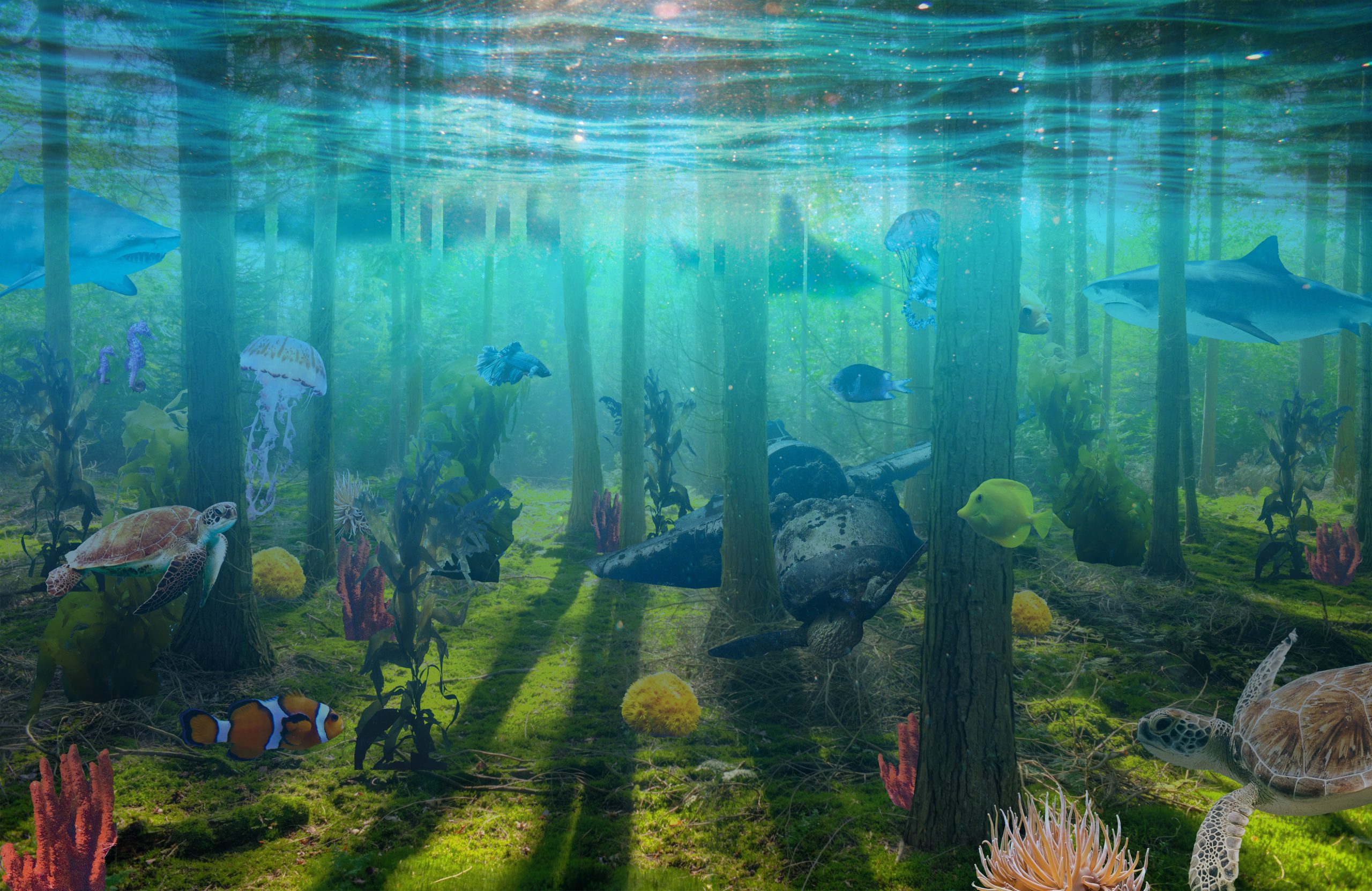
Showcase
DMA 214: Digital Design Concepts
Boston Stamps
- Made in Figma
- Font pairings
- Image tracing
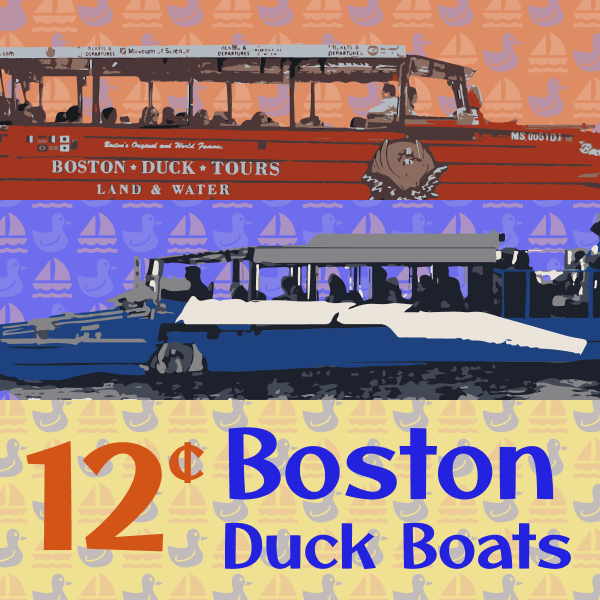
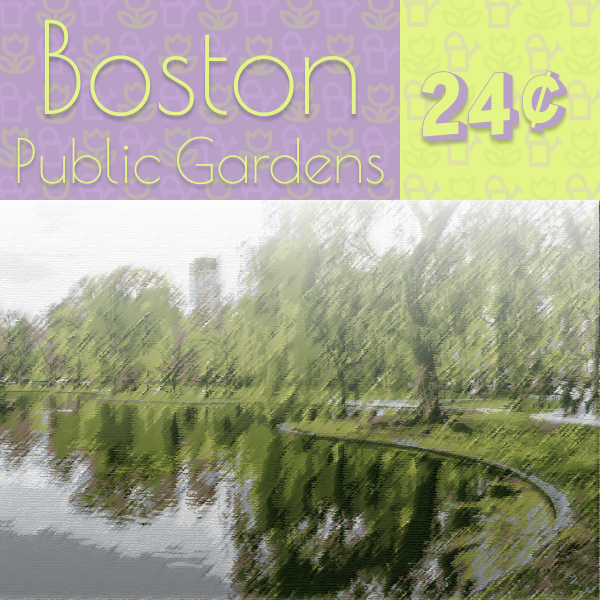
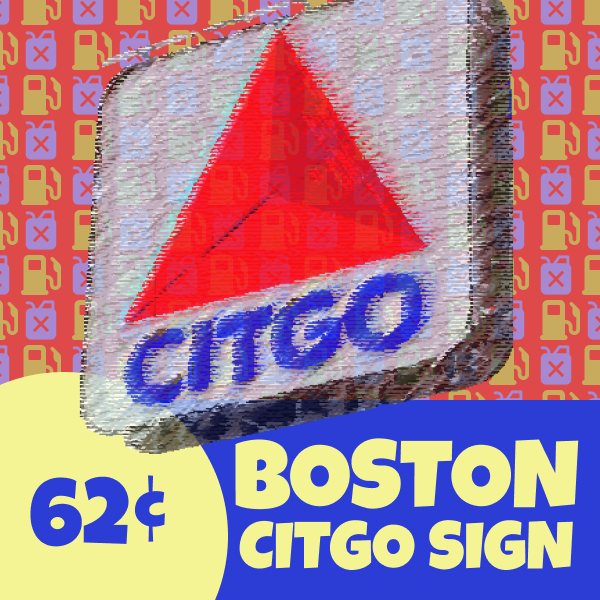


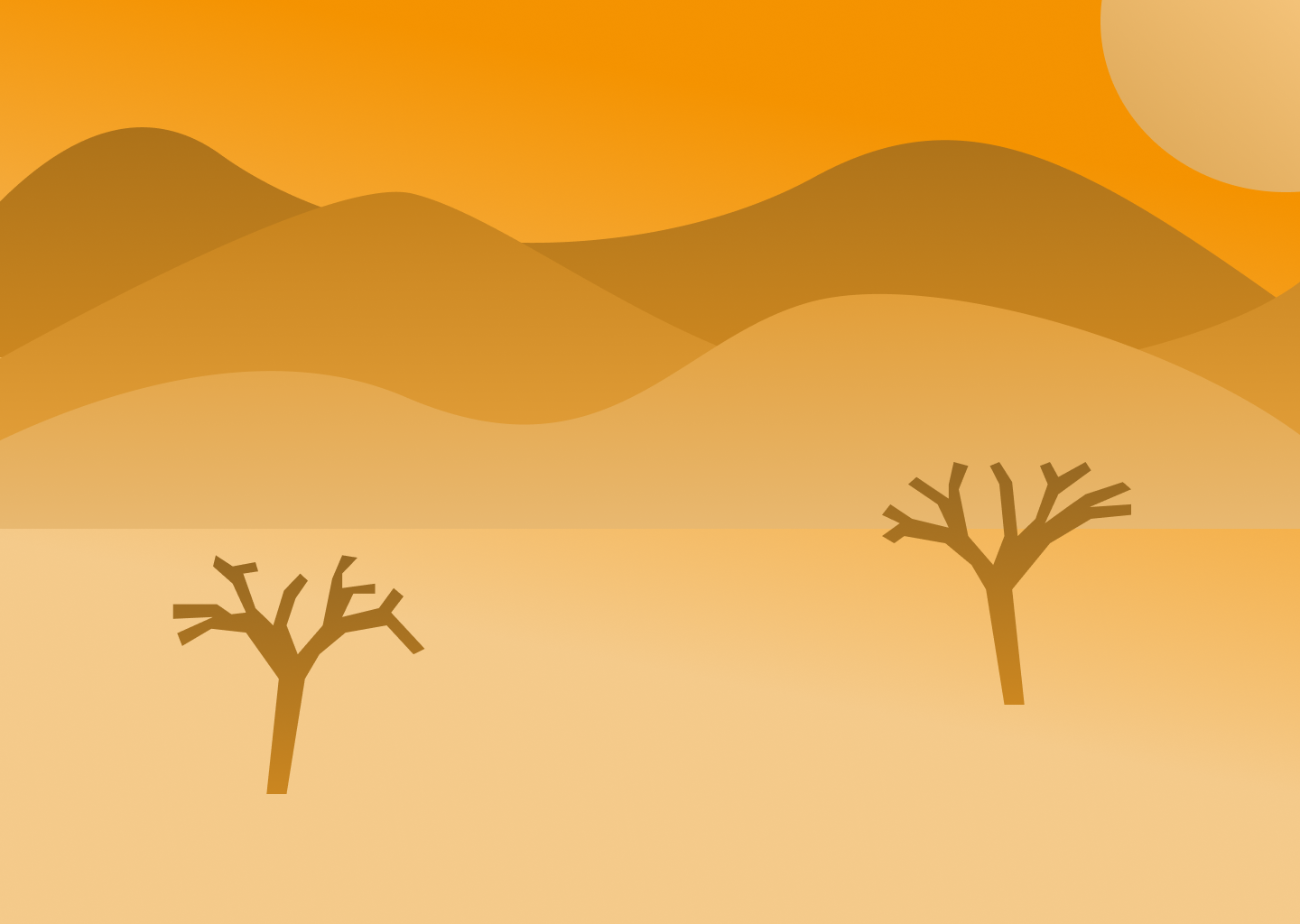
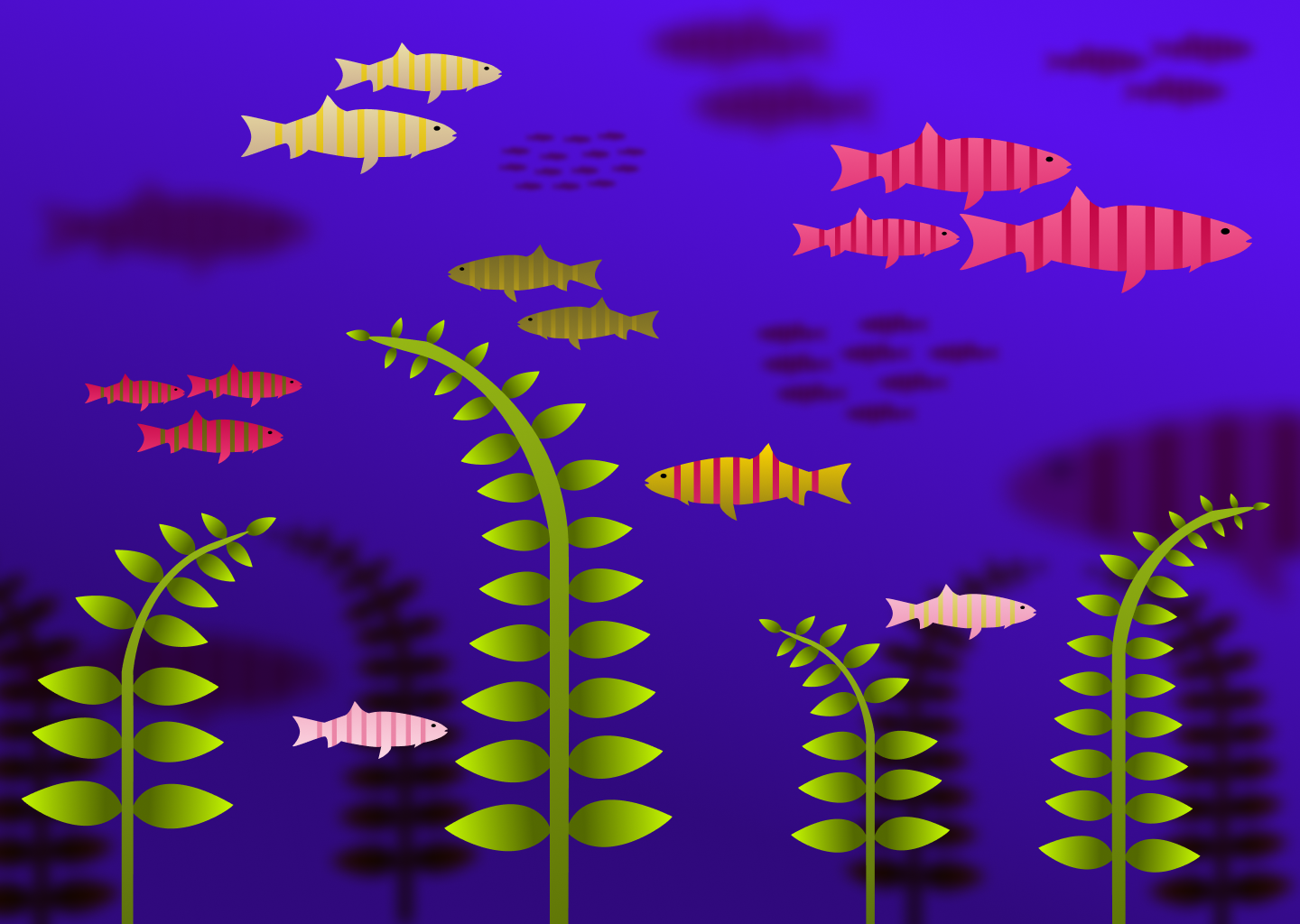
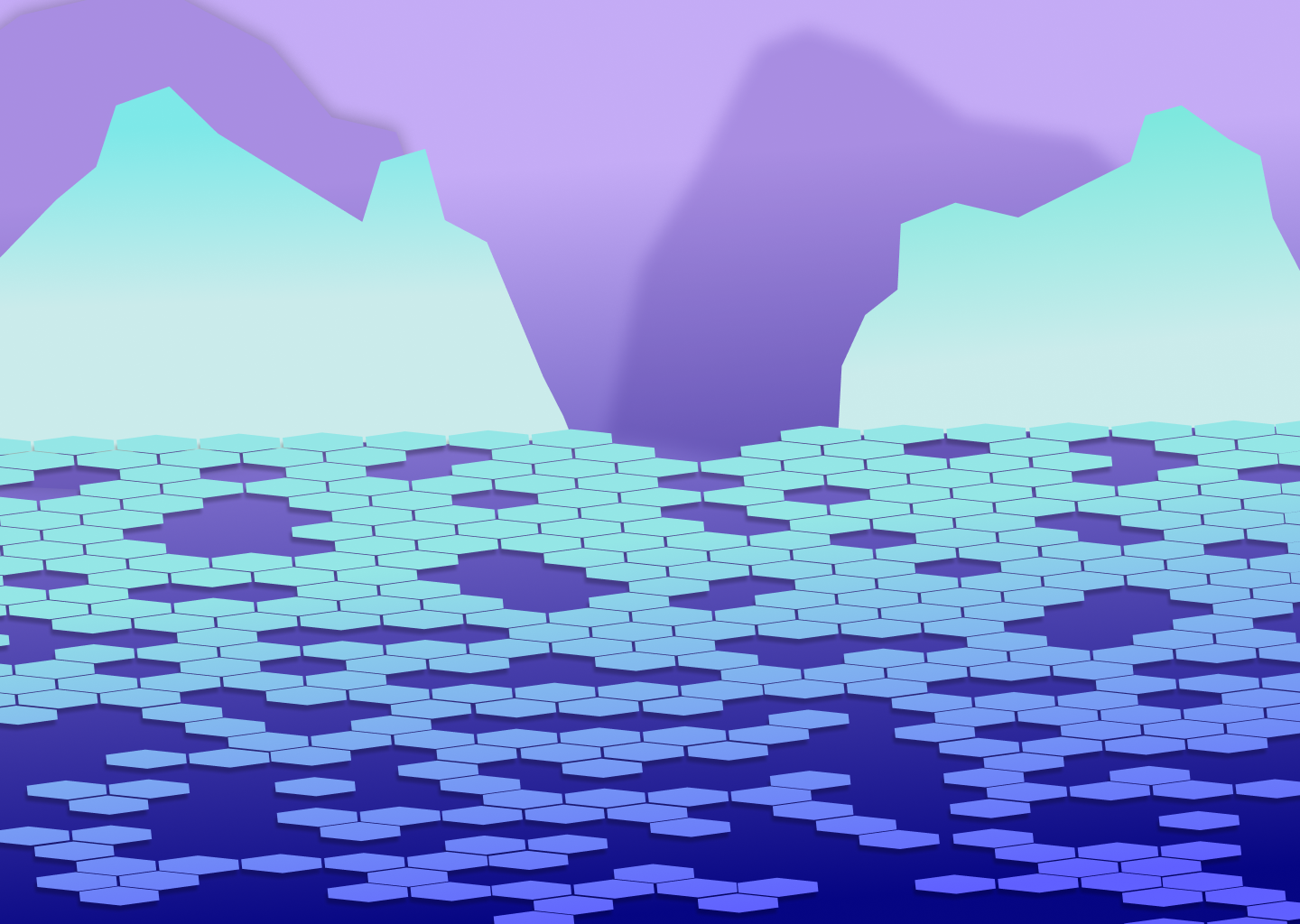
Landscapes
- Made in Figma
- Different color schemes
- Simple shapes
Skills
This is descriptive text regarding Digital Media Arts related skills
Cras varius
Libero non consequat accumsan, nisi dui lobortis odio, non porttitor velit est ut ex. Fusce et dui odio.
Phasellus consectetur
Id nulla sit amet bibendum. Donec rutrum urna quis risus molestie, id eleifend nibh facilisis.
Nam tincidunt vitae erat at volutpat
Nullam ut dictum enim. Praesent fermentum tincidunt congue.
Donec augue
Justo, porttitor sed nisl vel, commodo cursus erat.
Sed tincidunt
Velit et suscipit faucibus, nisl odio dignissim ligula, non pellentesque sapien ligula quis eros.
Donec nec pharetra ipsum
Aliquam auctor ex at luctus varius.
Projects
Testimonial
“Lorem ipsum dolor sit amet, consectetur adipiscing elit. Nullam ex orci, tempus in rhoncus vel, tempus id velit. Duis consequat, eros convallis efficitur consequat, lacus odio varius risus, at ultrices libero ipsum vel sem. Mauris sit amet mi justo“

Mr. Mittens
Contact
This is descriptive text for the ‘Contact’ section
Justin Schwaitzberg
(617)-947-8029
justinschwaitzberg@gmail.com